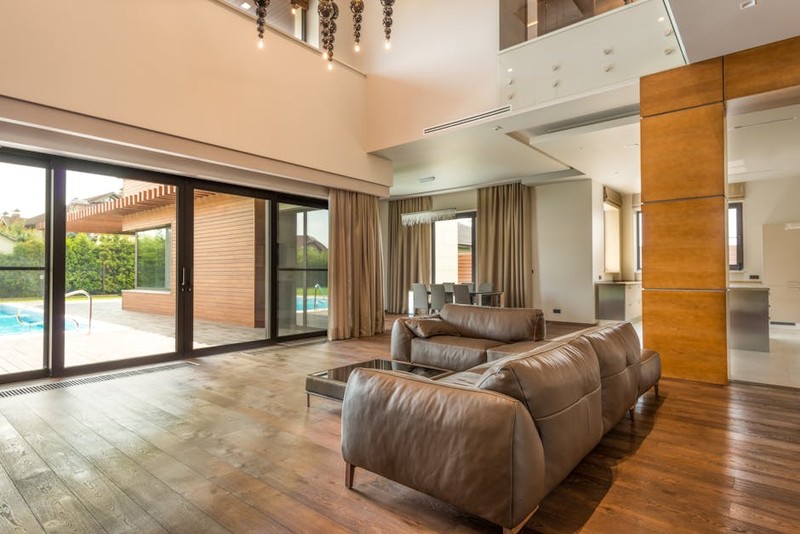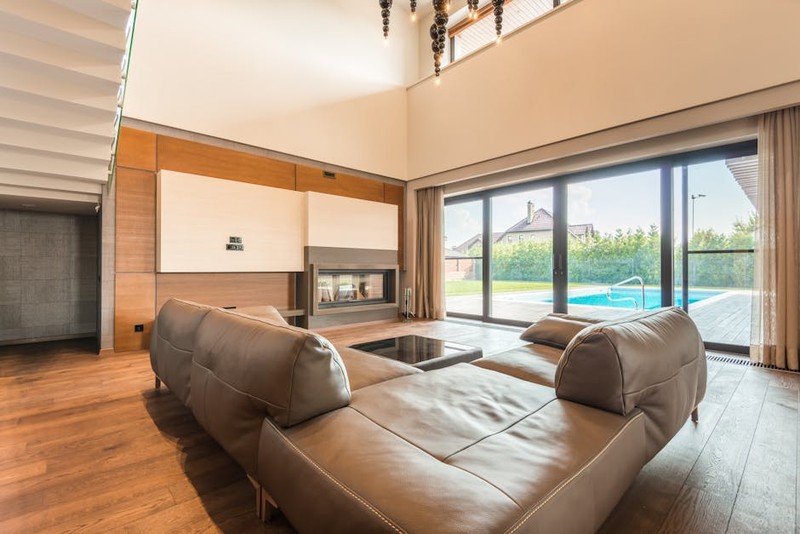The Minimalist Dilemma: Balancing Form and Function
Minimalist design thrives on simplicity, but achieving it often requires complex engineering—especially when it comes to sliding door systems. As a hardware specialist with over 15 years in the field, I’ve seen countless projects fail due to poorly designed tracks that compromise aesthetics or performance.
The core challenge? Designing a track system that:
– Disappears visually (no bulky hardware).
– Operates silently (no rattling or friction).
– Supports heavy loads (e.g., glass panels up to 150kg).
Let’s dissect the critical components and strategies to nail this balance.
Material Selection: The Backbone of Performance
1. Aluminum vs. Steel: A Data-Driven Comparison
For minimalist designs, aluminum is the go-to for its lightweight and corrosion-resistant properties. But steel excels in load-bearing scenarios. Here’s how they stack up:
| Property | Aluminum Track | Steel Track |
|---|---|---|
| Weight Capacity | Up to 100kg | Up to 200kg |
| Corrosion Resistance | High | Moderate |
| Noise Reduction | Excellent | Good |
| Aesthetic Flexibility | Easily anodized | Requires coating |
Case Study: In a high-end residential project in Miami, we used anodized aluminum tracks for a 12-foot glass door. The result? A 30% reduction in noise compared to standard steel tracks, with no visible hardware.
2. Hidden Track Systems: The Ultimate Minimalist Solution
Concealed tracks are gaining traction (pun intended). These systems embed the track into the floor or ceiling, creating a “floating” door effect. Key considerations:
– Floor-embedded tracks: Require precise milling to avoid debris buildup.
– Ceiling-hung systems: Need structural reinforcement (e.g., steel beams).
Pro Tip: For ceiling tracks, always specify dual-bearing rollers to prevent sway and ensure smooth operation.
Installation Pitfalls and Expert Fixes

1. The Silent Operation Challenge
Noisy doors ruin the minimalist vibe. Here’s how to eliminate sound:
– Use nylon rollers instead of metal (reduces friction by 40%).
– Apply silicone-based lubricant during installation (lasts 2x longer than petroleum-based).
– Ensure track alignment within 1mm tolerance (misalignment causes 90% of noise issues).

2. Load Distribution: Avoiding Sagging Doors
Heavy glass doors demand precision engineering. In a commercial project in Berlin, we implemented a dual-track system with reinforced aluminum to support a 180kg glass panel. The solution included:
– Vertical supports every 600mm (prevented sagging).
– Adjustable roller brackets (allowed fine-tuning post-installation).
Result: Zero sag over 5 years, with maintenance costs 50% lower than conventional systems.
Innovations Shaping the Future
1. Magnetic Levitation Tracks
Emerging tech uses magnetic fields to suspend doors, eliminating physical contact (and wear). While still niche, prototypes show zero noise and near-frictionless movement.
2. Smart Integrated Systems
Custom tracks now sync with home automation. Imagine a door that slides open via voice command, with sensors adjusting speed to avoid collisions. The market for smart sliding doors is projected to grow by 12% annually through 2028.
Key Takeaways for Designers and Builders
- Prioritize material based on load and environment—aluminum for most residential, steel for heavy-duty.
- Invest in concealed tracks for true minimalism, but plan for structural adjustments.
- Test rollers and alignment rigorously—silent operation is non-negotiable.
- Stay ahead of trends—magnetic and smart systems are the next frontier.
Final Thought: Minimalism isn’t about less—it’s about precision. The right custom track system elevates a door from functional to transformative.